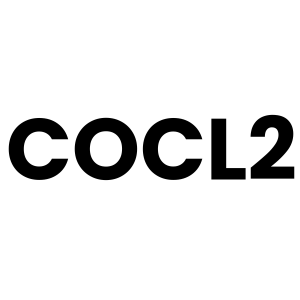Home > Parameters >Phosgene
Phosgene

Phosgene (COCl2)
Phosgene is a colorless, highly toxic gas with a suffocating odor similar to freshly cut hay or grass. It is primarily used as an intermediate in the manufacture of chemicals like pesticides, pharmaceuticals, and polycarbonates. Despite its industrial value, phosgene is extremely dangerous, even at low concentrations, and was once used as a chemical warfare agent.
- Chemical Formula: COCl₂
- Boiling Point: 8.2 °C
- Appearance:Colorless gas (liquid under pressure)
- Odor: Musty or grassy, detectable at dangerous concentrations
Specifications we measure
| Range | Resolution | Technology | Sensor Module | |
| 0 to 1 PPM | 0.01 (10 PPB) | EC | ES-COCL2-4EC1 | |
| 0 to 3 PPM | 0.01 (10 PPB) | EC | ES-COCL2-4EC3 |
OSHA GUIDELINES
- TWA : 0.1 PPM (8-hr)
NIOSH GUIDELINES
- TWA : 0.1 PPM (8-hr)
Health effects
- Low-Level Exposure (0.1–0.5 ppm): Eye and throat irritation, Coughing, chest tightness
- Moderate Exposure (0.5–1 ppm): Pulmonary edema (fluid in lungs) may appear 12–24 hours after exposure, Shortness of breath, nausea, dizziness
- High-Level Exposure (>1 ppm): Immediate respiratory distress, Potentially fatal pulmonary edema within hours, Death due to respiratory failure if not treated promptly
- Chronic Exposure Effects: Long-term respiratory system damage, Increased susceptibility to respiratory infections, No known carcinogenicity, but repeated exposure has severe lung effects
